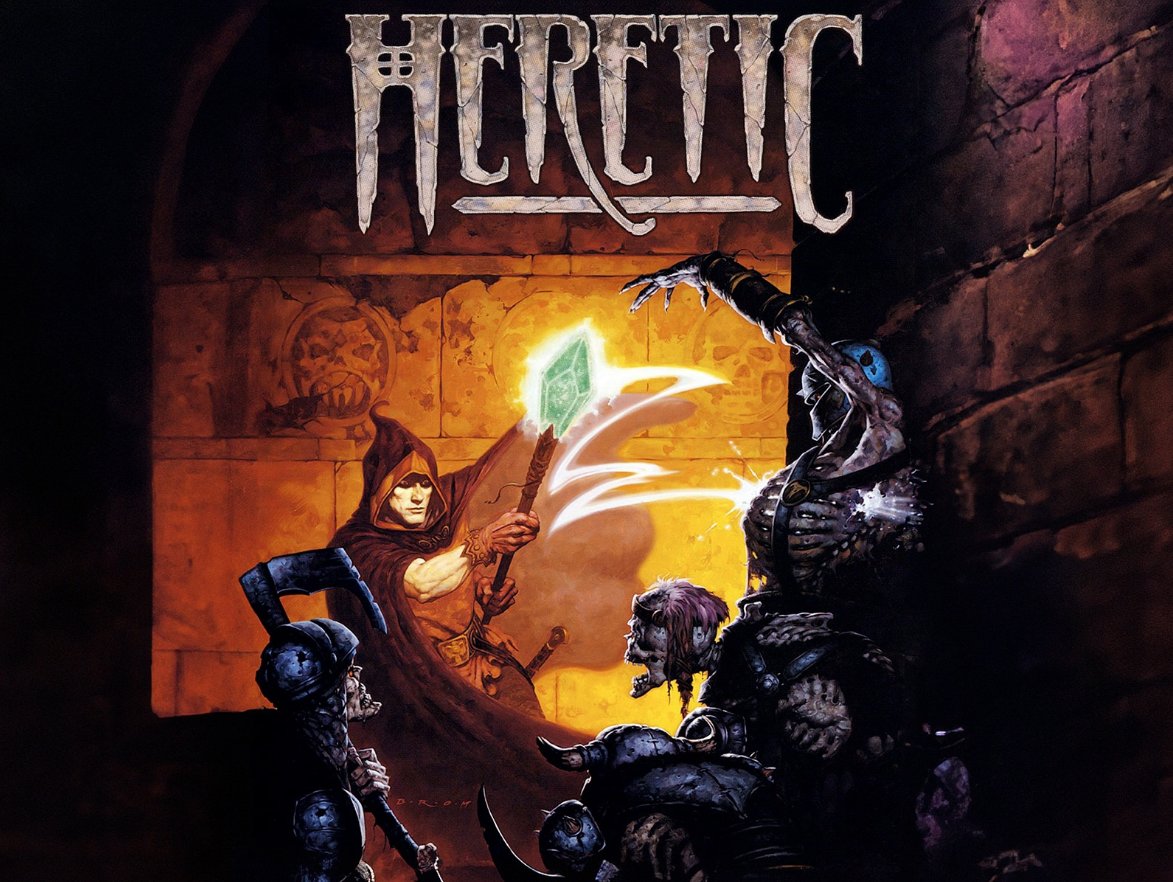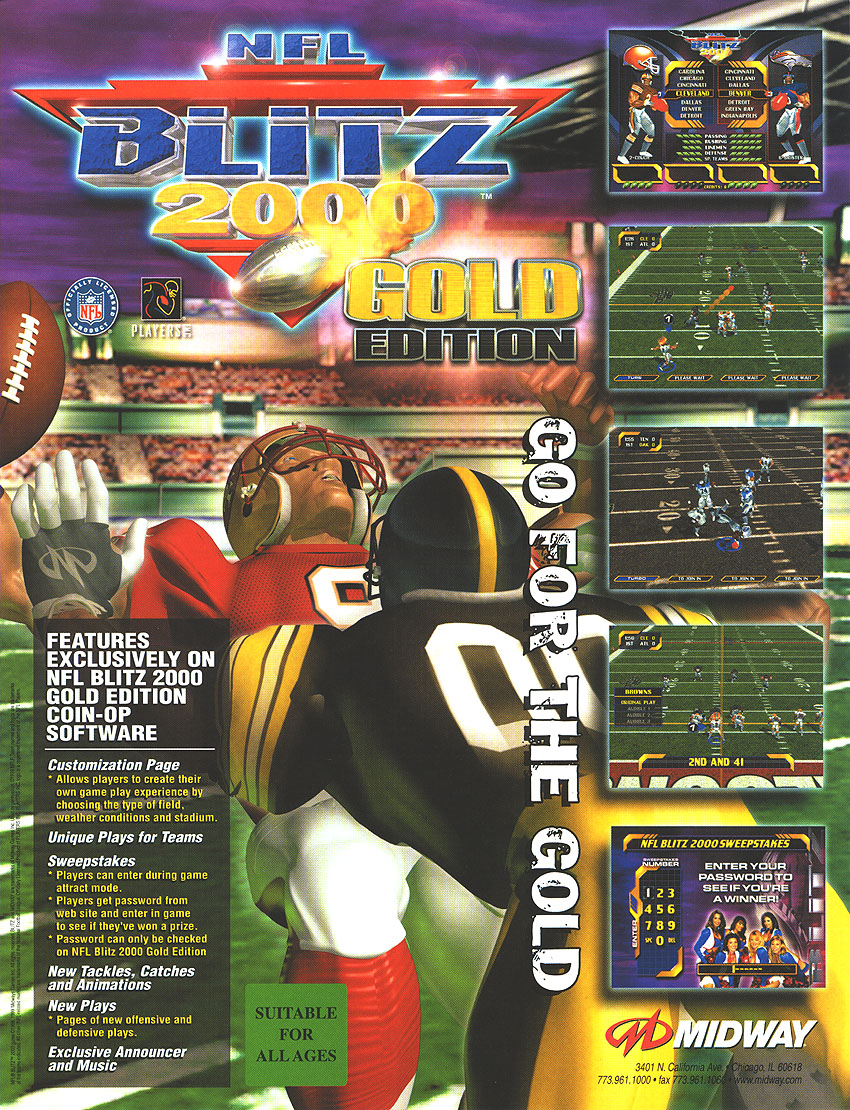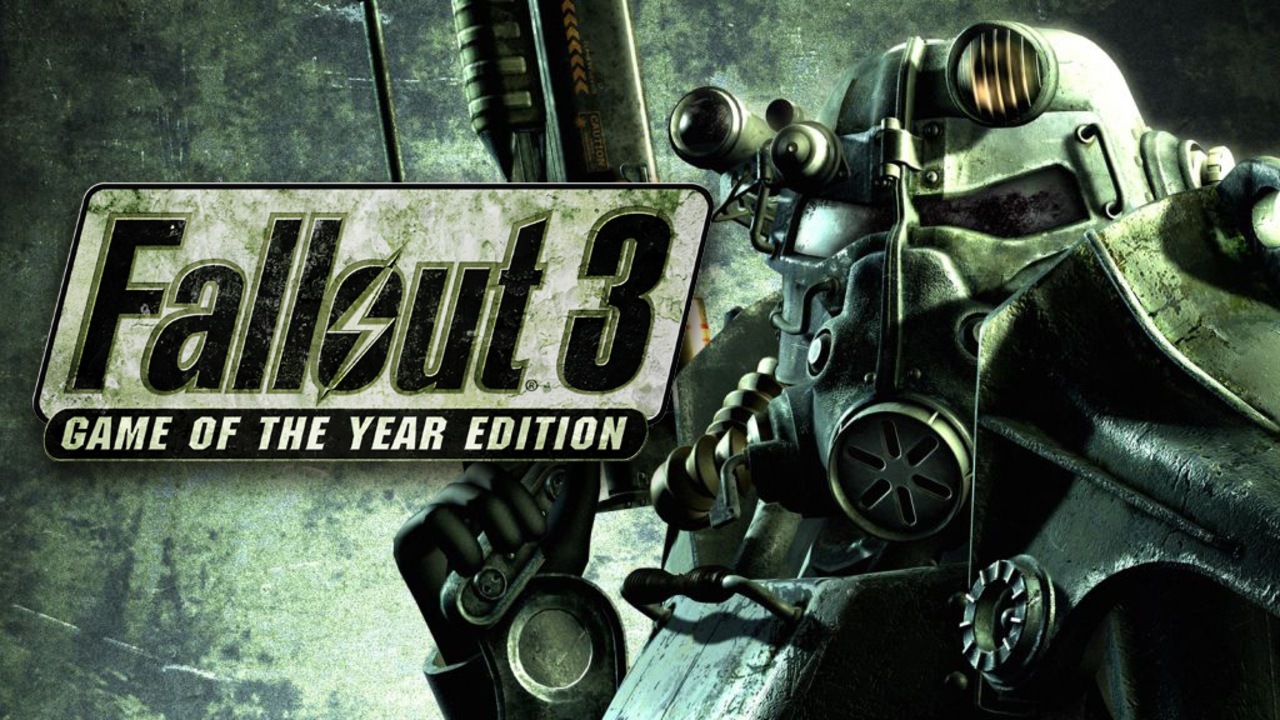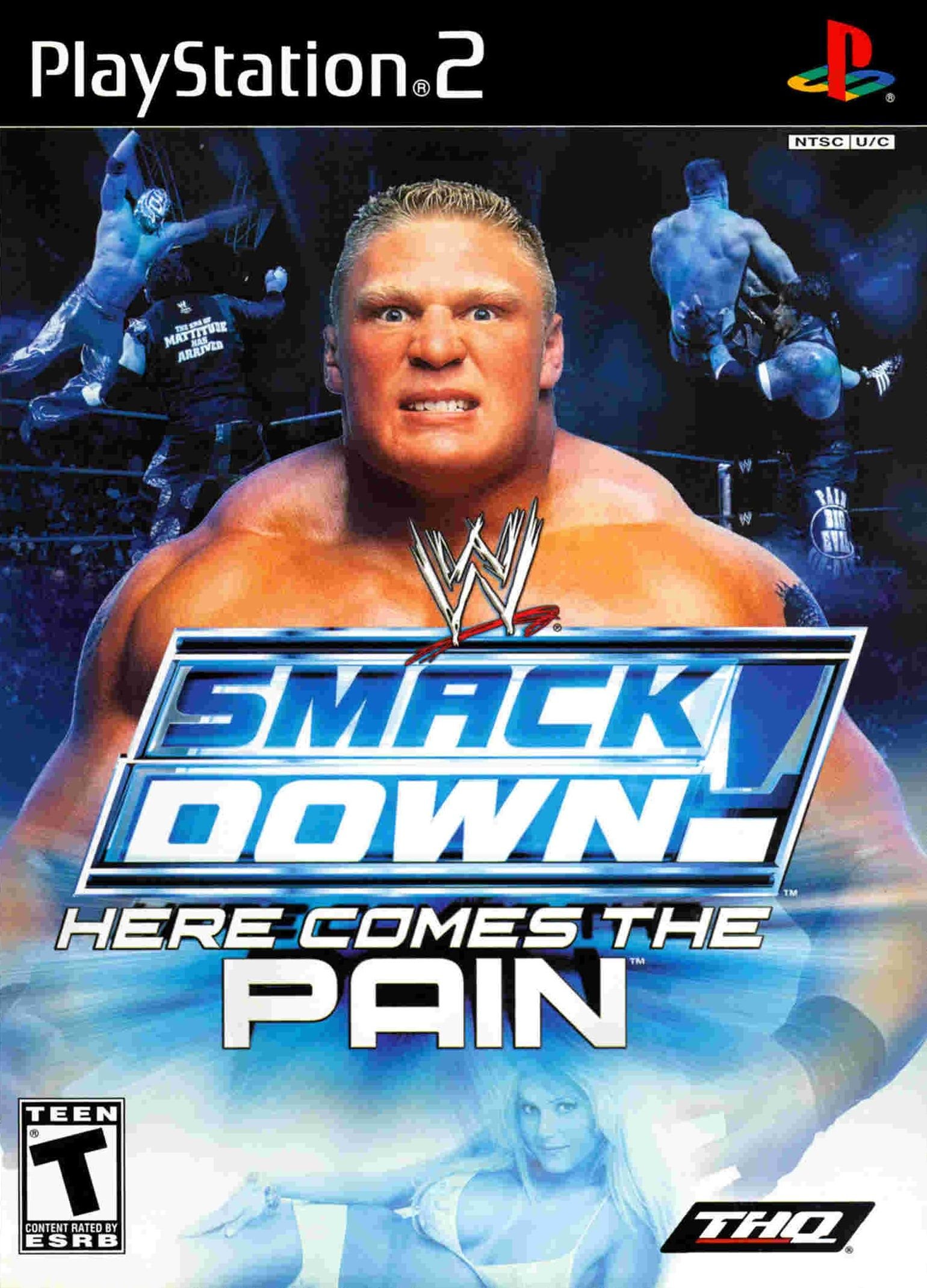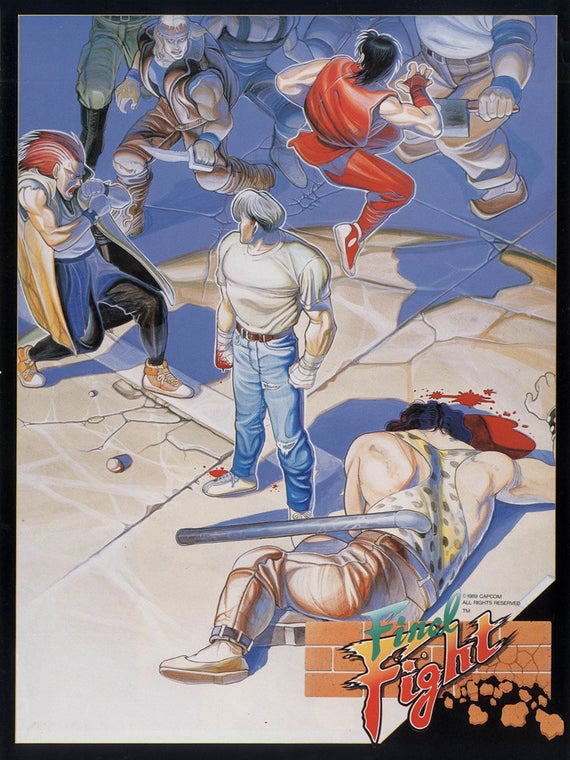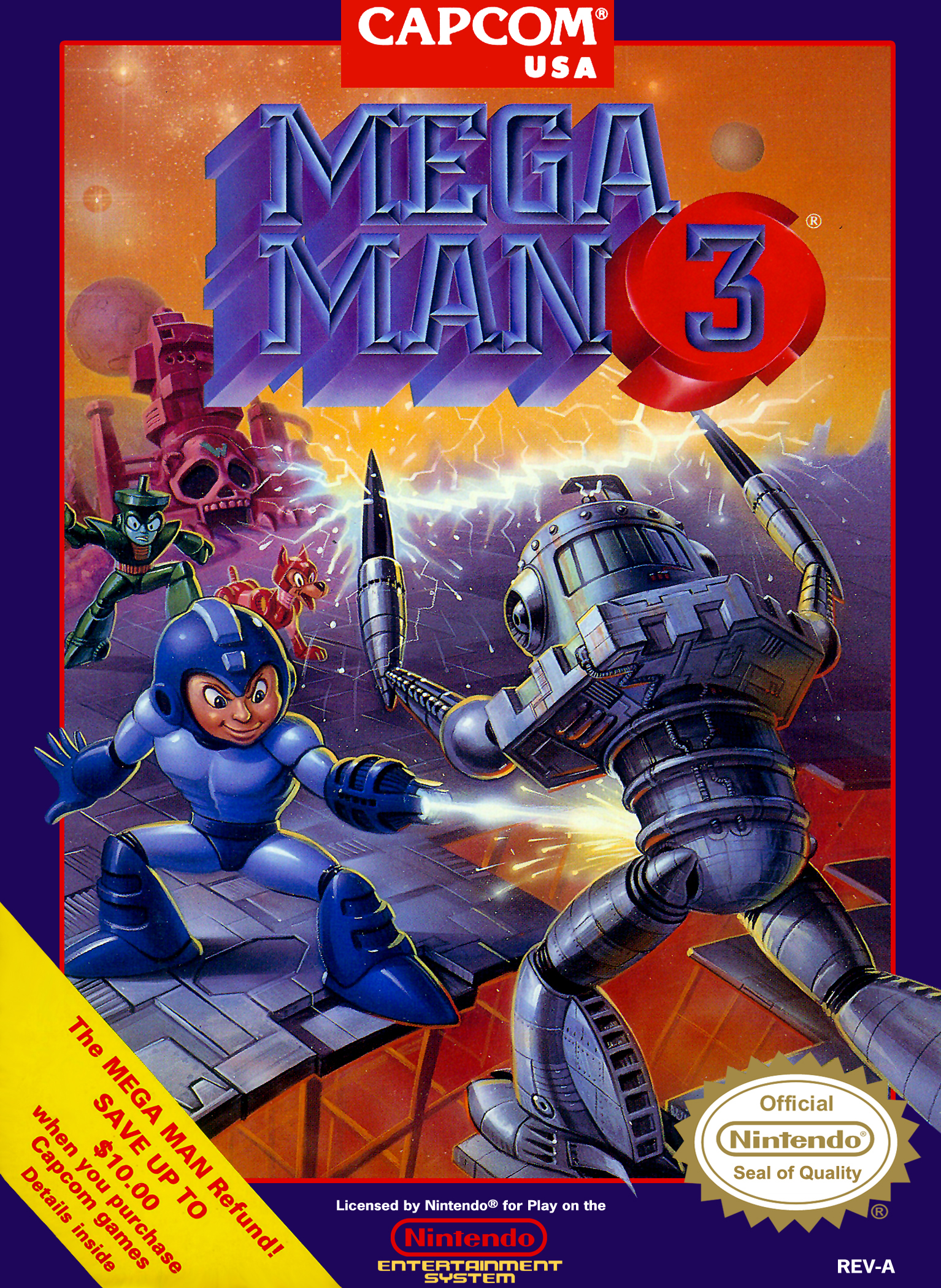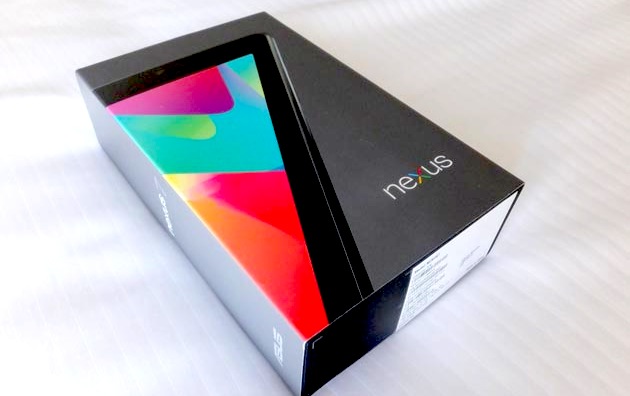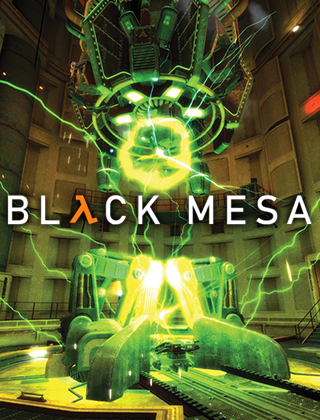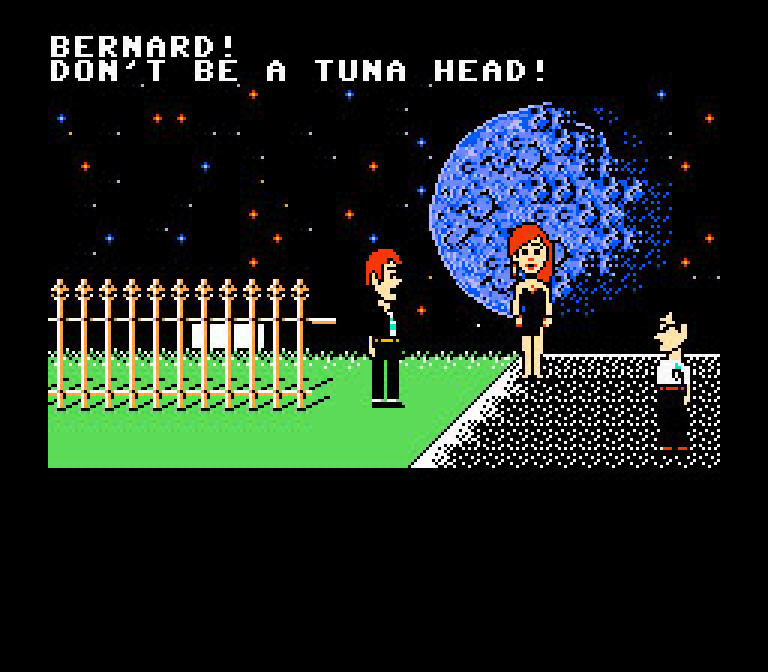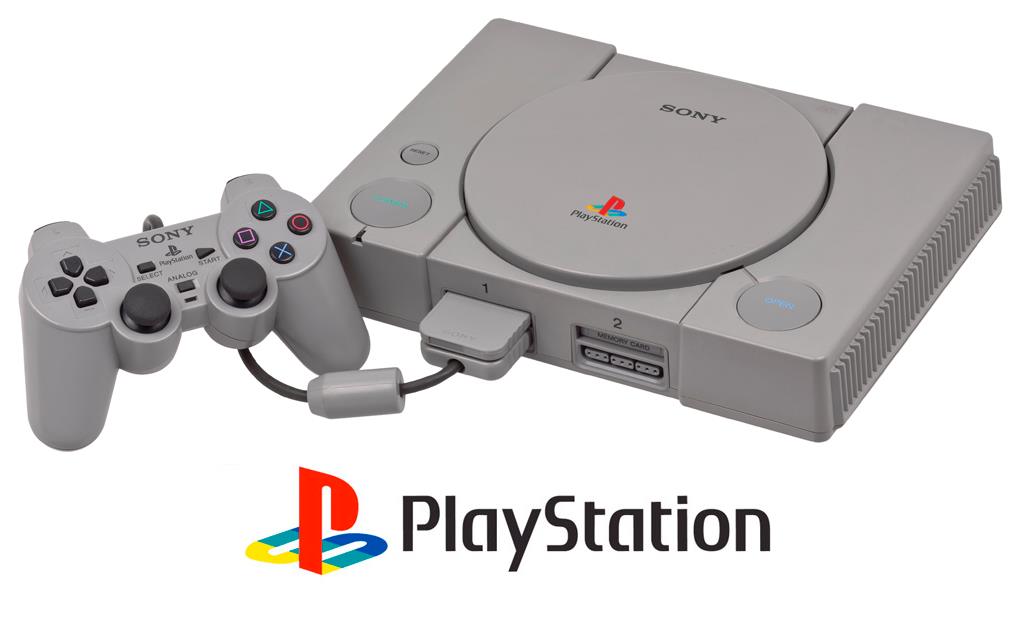Heretic is 30 years old (?!?)
Heretic was developed by Raven Software, published by id Software, and released on December 29, 1994. the partnership between the 2 companies began when id Software provided their Wolfenstein 3D engine for Raven’s next game ShadowCaster. after releasing Doom, id opted to give Raven a shot with their new game engine. strip away all the futuristic/sci-fi/marine aesthetics and replace them with a medieval fantasy world and you get Heretic. so it’s probably worth noting before I delve deeper into this story to explain how I discovered Heretic. I didn’t get access to a legitimate PC until mid-1995, and I had no real context of PC gaming to speak of outside of a shareware collection that exposed me to the likes of Commander Keen, Wolfenstein 3D, and Dangerous Dave. by that October I went with my grandma to Best Buy and she bought me The Ultimate Doom. even in my youth I had the tinker/explorer gene fully active. effectively hidden on the CD-ROM was a /HERETIC directory, and contained inside it was the shareware version of the game. I had no Sound Blaster 16 yet and there was no PC speaker option, so I had to play my new free game…

